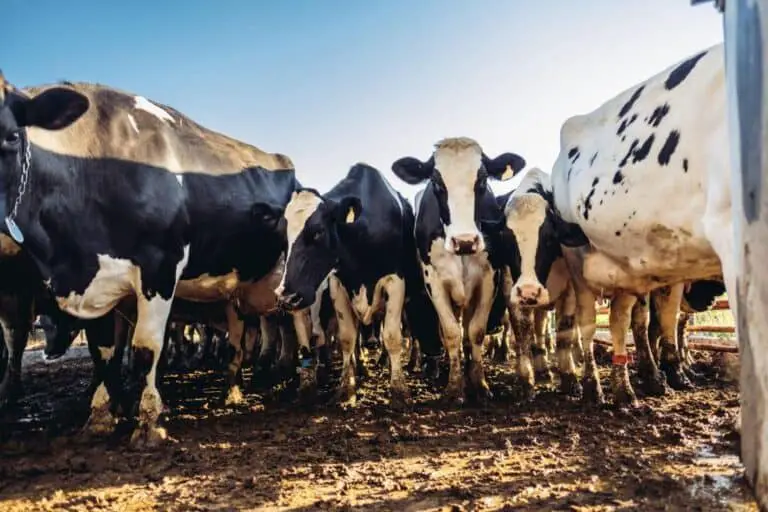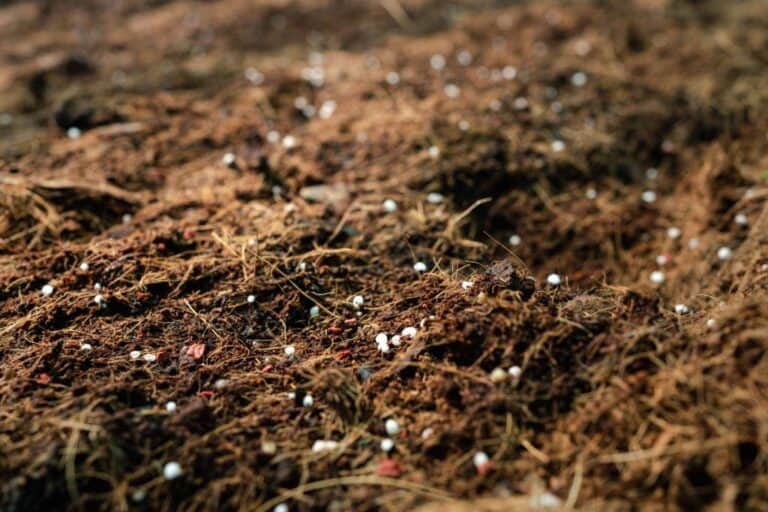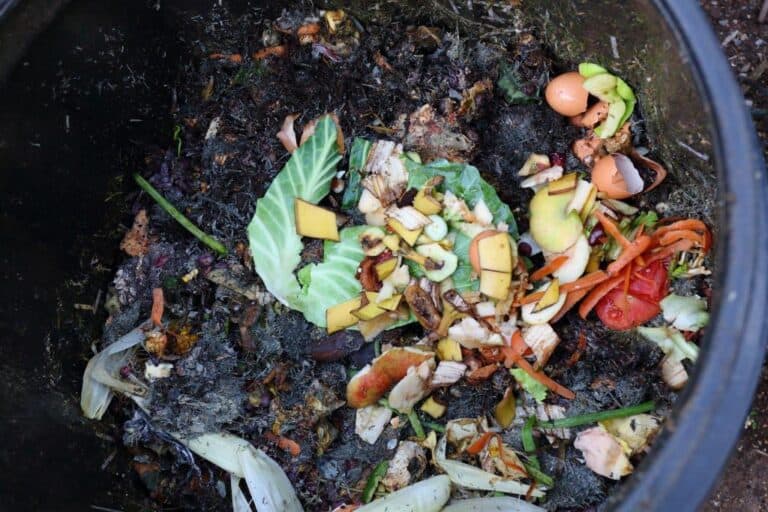Best Soil Conditions and pH Level for Planting Brussel Sprouts
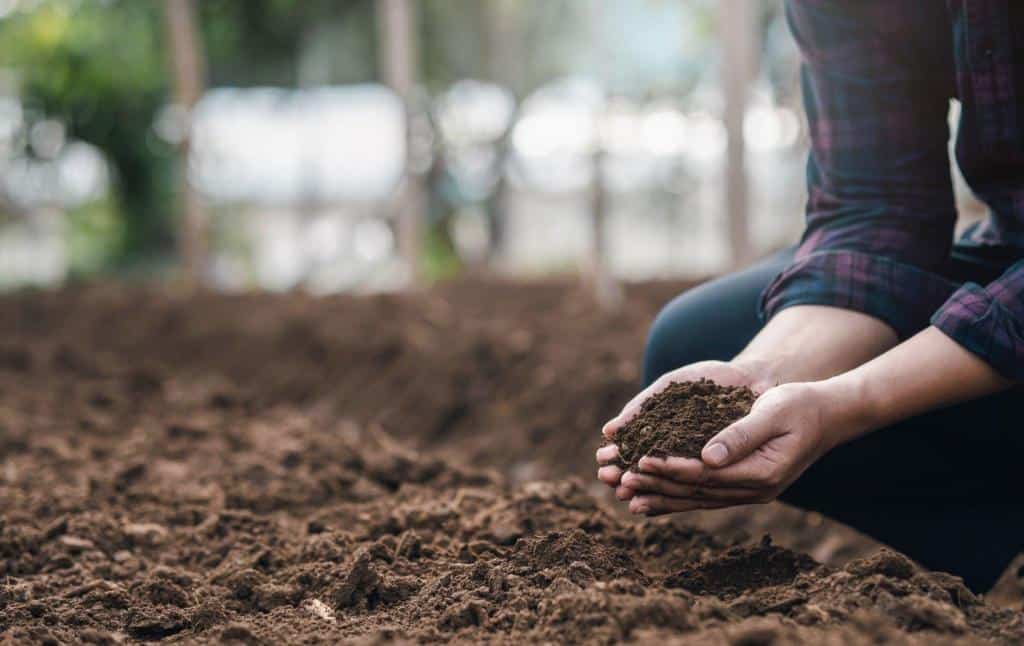
Imagine stepping into your garden and plucking fresh, vibrant Brussels sprouts straight from the stalk. The crisp, earthy flavor and nutritional value make them a favorite among vegetable enthusiasts. But have you ever wondered where Brussels sprouts grow best? Or what soil conditions and pH level do they require to thrive?
In this article, we will unravel the mysteries surrounding the ideal places and conditions for planting Brussels sprouts. Whether you’re a seasoned gardener or just starting your green-thumb journey, understanding the secrets to successful Brussels sprout cultivation is key.
From the perfect soil composition to the amount of sunlight they crave, we’ll guide you through every step of the process. Get ready to discover the best planting locations and conditions for Brussels sprouts, so you can enjoy a bountiful harvest of these delectable veggies right in your own backyard. Let’s dive in and unlock the secrets of growing Brussels sprouts like a pro!
Introduction to Brussel Sprouts and Their Preferred Growing Conditions
Brussel sprouts have a long history and have been cultivated for centuries. They were likely developed in ancient Rome and gained popularity in Belgium, from which they derived their name. Today, they are widely enjoyed as a nutritious and versatile vegetable in various cuisines around the world.
One of the defining characteristics of Brussels sprouts is their resemblance to miniature cabbages. They develop along the stem as small, closely packed buds and grow on tall stalks. Each bud grows into an individual Brussels sprout, and the plant can produce multiple sprouts on a single stalk.
Best Soil Conditions and pH Level for Planting Brussel Sprouts
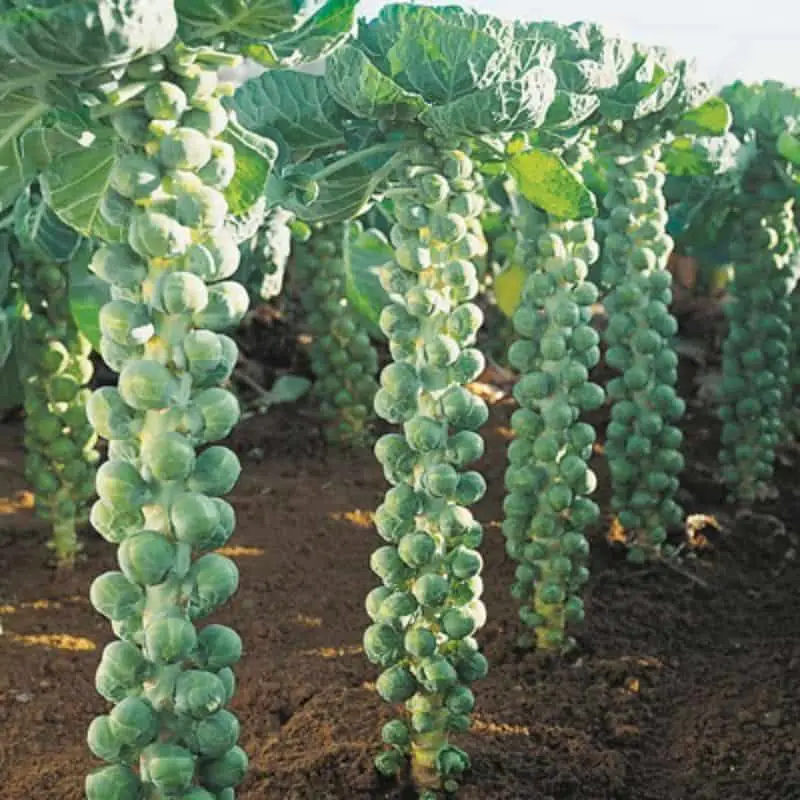
To ensure the optimal growth and development of Brussels sprouts, it is essential to pay careful attention to the soil conditions and pH level in which they are planted. Brussel sprouts thrive in soil that is not only well-draining but also rich in nutrients, allowing them to flourish and produce a bountiful harvest.
When preparing the soil for Brussels sprouts, start by clearing away any weeds or debris, creating a clean medium for these exquisite vegetables to take root. Then, dig deeply, breaking up any compacted soil and allowing Brussels sprouts roots to penetrate easily into the ground.
To enrich the soil and provide the necessary nutrients, organic matter becomes a gardener’s best friend. Compost, the dark and earthy treasure of decomposed organic materials, is a natural source of nourishment that transforms ordinary soil into a nutrient-rich haven.
By incorporating compost or aged manure into the soil, you imbue it with life, infusing it with the energy needed for vibrant growth. The organic matter acts as a nurturing blanket, cradling the roots and fostering a harmonious relationship between plant and earth.
Now, let us turn our attention to the pH level. Brussel sprouts prefer a slightly alkaline soil, a tender dance between acidity and alkalinity that must be orchestrated with precision. A pH level between 6.0 and 7.5 is deemed ideal, a balance that encourages the sprouts to thrive and grace our palates with their delicate flavor. As you tend to the soil, whispering sweet nothings to your plants, a pH test can be your guiding compass, revealing the hidden secrets within the earth.
Choosing the Best Location for Brussel Sprout Cultivation
Selecting the optimal location in your garden is essential for Brussel sprout cultivation. Here are some factors to consider when choosing a planting spot:
- Sunlight Exposure: Brussel sprouts require full sun exposure for at least six hours a day. Choose a location that receives ample sunlight to promote healthy plant growth and optimal sprout development.
- Wind Protection: Brussels sprout plants can be tall and top-heavy, making them susceptible to wind damage. Consider planting them in a location that is sheltered from strong winds or providing support such as stakes or a trellis.
- Spacing: Brussel sprout plants require adequate spacing to allow for proper air circulation and prevent overcrowding. Plant them approximately 24 to 36 inches (61 to 91 cm) apart to ensure sufficient room for growth.
- Companion Plants: Consider companion planting to maximize space and deter pests. Brussels sprouts benefit from being planted alongside other brassicas like kale, broccoli, and cabbage. Avoid planting them near crops that are susceptible to the same pests and diseases.
Providing the Right Amount of Sunlight for Brussel Sprouts to Thrive
Sunlight plays a crucial role in the growth and development of Brussel sprouts. It is essential to provide them with the right amount of sunlight to ensure healthy plant growth and a bountiful harvest. Here are some tips for optimizing sunlight exposure:
- Full Sun: Brussel sprouts thrive in full sun, which means they should receive at least six hours of direct sunlight each day. Choose a location in your garden that is not shaded by trees or buildings.
- Orientation: Plant your Brussel sprouts in a spot where they can receive the maximum amount of sunlight. If possible, orient them towards the south to capture the most sunlight throughout the day.
- Shade Management: While Brussel sprouts prefer full sun, they can benefit from partial shade during extremely hot summers. If you live in an area with scorching temperatures, providing some afternoon shade can help protect the plants from excessive heat stress.
- Sunlight Tracking: Keep in mind that the angle and intensity of sunlight change throughout the year. Observe how sunlight moves across your garden during different seasons and adjust the placement of your Brussel sprouts accordingly to ensure they receive adequate sunlight throughout the Brussel sprout growth cycle.
- Reflective Surfaces: Consider using reflective surfaces, such as white plastic or aluminum foil, around your Brussel sprout plants. These can help redirect and intensify sunlight onto the plants, maximizing their exposure to light.
- Season Extension: If you live in a region with a shorter growing season, you can use techniques like row covers or cold frames to extend the growing season for your Brussel sprouts. These protective structures can help trap heat and maintain warmer temperatures, allowing the plants to thrive even in cooler weather.
By providing the right amount of sunlight and optimizing its exposure, you can ensure healthy growth and abundant harvests of delicious Brussels sprouts.
Growing Brussels Sprouts in Different Regions
Brussels sprouts can be grown in a variety of regions, with some considerations depending on the climate. Let’s explore the best practices for growing Brussels sprouts in different areas:
Northern Regions
In colder northern regions, where the growing season may be shorter, it’s important to start Brussels sprouts indoors 4 to 6 weeks before the last expected frost date. This allows the plants to establish and mature before transplanting them outdoors. Harden off the seedlings by gradually exposing them to outdoor conditions before planting. Choose varieties with shorter maturity dates to ensure a successful harvest before the first frost.
Southern Regions
In warmer southern regions, where summers can be intense, choose varieties that are specifically bred for heat tolerance. Start seeds indoors in late summer or early fall and transplant them outdoors once the temperatures begin to cool. This allows the plants to mature during the cooler months, avoiding the extreme heat of summer.
Coastal Regions
Coastal regions often offer mild climates that are favorable for Brussels sprouts. The consistent moisture in the air can help prevent the plants from drying out. However, ensure proper drainage to avoid waterlogging. Choose varieties suited for your specific coastal climate and follow the general growing guidelines mentioned earlier.
Table: Recommended Brussels Sprouts Varieties for Different Regions
| Region | Recommended Varieties |
| Northern Regions | ‘Long Island Improved’, ‘Catskill’, ‘Diablo’ |
| Southern Regions | ‘Tasty Nuggets’, ‘Hestia’, ‘Crispus’ |
| Coastal Regions | ‘Oliver’, ‘Crispus’, ‘Jade Cross’ |
Remember, these are just a few examples of recommended varieties, and there are many more available. Consult with local nurseries or gardening experts to determine the best varieties for your specific region.
Companion Planting with Brussel Sprouts for Enhanced Growth and Pest Control
Companion planting can benefit Brussel sprouts by attracting beneficial insects, repelling pests, and enhancing overall growth. Some suitable companion plants for Brussel sprouts include:
- Marigolds: These vibrant flowers repel pests and attract beneficial insects like ladybugs and lacewings.
- Nasturtiums: With their pungent scent, nasturtiums deter pests like aphids and caterpillars.
- Onions and garlic: These aromatic plants help repel pests and prevent fungal diseases.
By strategically interplanting these companions, you can create a more diverse and balanced garden ecosystem, supporting the health and vitality of your Brussel sprout plants.
Tips for Successful Container Gardening with Brussel Sprouts
Don’t you have a spacious garden? No problem! Brussel sprouts can be grown in containers, allowing you to enjoy their fresh bounty even in limited space. Here are some tips for successful container gardening with Brussels sprouts:
- Choose a large container: Opt for a container with a minimum depth of 18 inches to accommodate the plant’s root system.
- Use well-draining soil mix: Select a high-quality potting mix that provides proper drainage and nutrients for healthy growth.
- Adequate sunlight: Place the container in a location that receives at least six hours of direct sunlight daily.
- Regular watering: Container-grown plants may require more frequent watering to prevent drying out.
- Nutrient management: Fertilize regularly with a balanced organic fertilizer to provide essential nutrients.
With these container gardening tips, you can enjoy a thriving Brussel sprout harvest even on your patio or balcony.
Seasonal Considerations and Timing for Planting Brussel Sprouts
Brussel sprouts are cool-season vegetables that prefer moderate temperatures for optimal growth. Understanding the seasonal considerations and proper timing for planting is crucial. Here’s what you need to know:
- Spring planting: Start seeds indoors 6-8 weeks before the last frost date in your area. Transplant the seedlings outdoors when the soil is workable and the danger of frost has passed.
- Fall planting: Directly sow seeds in mid to late summer, ensuring a harvest before the first hard frost. Calculate the days to maturity and count backward from the expected frost date to determine the ideal planting time.
By aligning your planting schedule with the appropriate season, you can provide Brussel sprouts with the optimal growing conditions for successful cultivation.
FAQs
Do Brussel sprouts need full sun?
Brussel sprouts thrive in full sun, which is at least 6 hours of direct sunlight per day.
Can Brussel sprouts tolerate frost?
Yes, Brussel sprouts are cold-hardy and can withstand light frost. In fact, cool temperatures enhance their flavor.
Do Brussel sprouts require a lot of water?
Brussel sprouts need consistent moisture, but they don’t like waterlogged conditions. Water deeply when the top inch of soil is dry.
How far apart should I space Brussel sprout plants?
Plant Brussel sprouts 18-24 inches apart to allow ample space for their growth and proper air circulation.
Are there any pests or diseases I should watch out for when growing Brussel sprouts?
Common pests include aphids, caterpillars, and cabbage worms. Diseases such as clubroot and powdery mildew can also affect Brussel sprouts.
Can I grow Brussel sprouts in containers on a balcony?
Yes, Brussel sprouts can be grown in containers on a balcony as long as there is sufficient sunlight and proper care is provided.
Can I grow Brussel sprouts in warmer climates?
While Brussel sprouts prefer cool climates, you can still grow them in warmer regions with some considerations. Choose heat-tolerant varieties and provide shade during the hottest part of the day. Plant them early in the season to take advantage of cooler temperatures. Adequate watering and mulching can also help regulate soil temperature and moisture.

